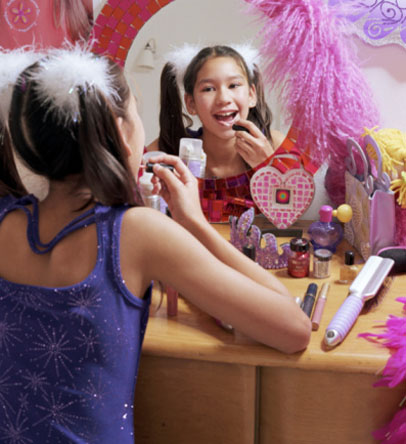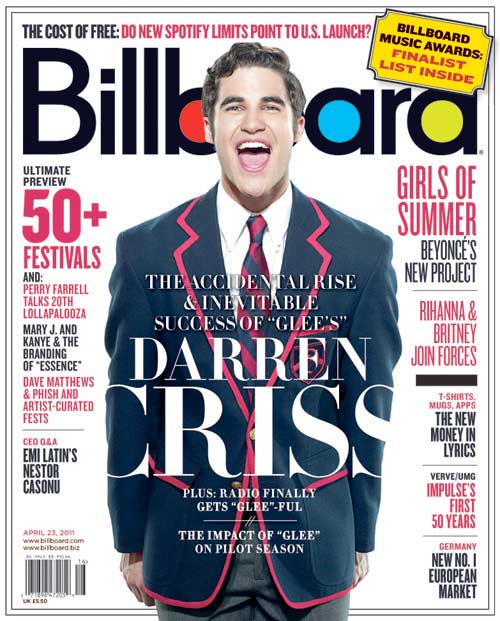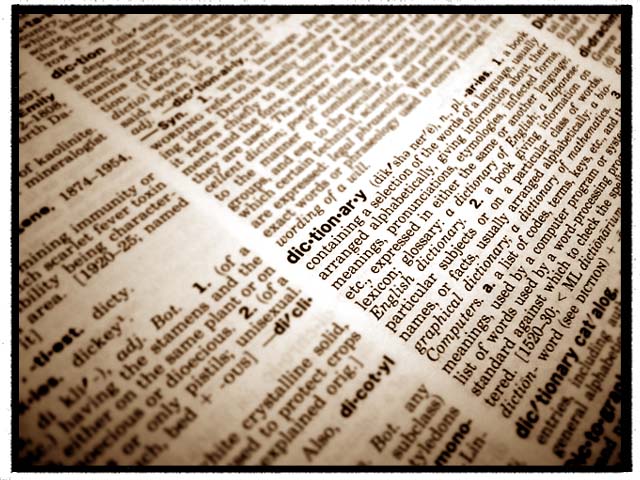To what extent should magazines be held responsible for the social
ramifications of the representations they offer?
The
covers that are seen from all displays stands of magazines have changed over
the decades. No longer are they very wordy or cartoon style but they feature a
single main image of a person and cover lines detailing the stories inside. The
cover usually represents the target audience, the content and is used to
capture the attention of the readers. It also shows the conventions of the
genre as the colours and appealing aspects all have reasons as to why they are
used. For example; Bliss, a monthly British
magazine aimed at teenage girls, uses bright colours, a well known celebrity and
appealing stories, attributing to the genre of a girls magazine. As do several
others such as Girl Talk, Seventeen,
Sugar and Mizz magazines, all aimed at a teenage audience. They all, to an
extent, force the idea of representation on the youth of today and as they are
seen as trustworthy, people start to believe what they say.
Other than the
covers, the content of a girl’s magazine leaves a lot to be desired by the
older generation. No longer are they quizzes, trivia, boy bands and television
programmes, they have evolved to being attributed to ages of 20+ rather than
the target audience that actually read it, such as 12-16. The magazines have
moved the nation on making young girls less innocent and now outlandish, which
has been seen in a negative light.
In Mizz
magazine, the topics of boys and beauty outweigh the childlike issues such
as sleepovers and friends. This can have a damaging impact on young
impressionable girls as they will believe that the only things to life are
looks and getting a man. This is wrong to teach youngsters as they will not see
strong female role models anymore, they will see the weak flirty feminine image
that was present in the 1950’s, and it needs to be brought back that women can
be strong and independent. The cover of the August 2009 issue features the main
image of a female celebrity along with the cover lines of “7 stages of
break-up”, “15 ways to make him end it” and “beat those blushes”, which would
appeal to girls of the age 16+ rather than the target audience of pre-teens
(ages 11-14) that it is aimed at. This is causing girls to grow up much quicker,
affecting all social aspects of teenage years.
In the magazine Girl Talk, the reader age is aimed at young
girls of 7-12. They have a responsibility to protect their audience from being
exposed to sexual imagery and content above their ages. The magazine represents
girls as pretty and young. The September 2010 issue (featuring Demi Lovato)
uses a medium shot for her clothes and her face. This shows her expression and
the openness the magazine is trying to convey. The other images feature young
girls or animals, appealing to the young ages. It represents them as having fun
and enjoying life before all the teenage issues they will encounter. It
attributes well to the genre codes as it is light and happy and doesn’t feature
articles on boys, but on best friends and the weekend. The representation is
positive and appealing to adults as they will not be worried about the content
their child is subjected to, as it is trustworthy and safe. The uses of pink,
aqua and yellow creates a soft, childlike feel to the cover creating a sense
that the content will not feature articles on rape or such other forceful
subjects that are not appropriate at such a young age.
Sugar magazine is aimed at the
older teenage years and early adulthood, for ages 16-24. It is a British
magazine that focuses on boys, fashion, celebrities and other similar stories,
ideal for the target audience. The social aspects it entails models the correct
outlook on life people should have. As it is for the elder readers, it does not
have as strong guidelines so the content does not have to be as censored as
others should be. This gives it creative freedom and the representation within
does not affect the readers as they are old enough to understand. It represents
girls as strong, pretty, smart and casual all in one, ideal for a role model,
making the female stereotype into a good thing. Though it features articles on
boy issues, it gives advice to those of dating age, rather than something to
aspire to that the other magazines have been demonstrating on young audiences.
The magazine Seventeen however,
has changed its representation and genre as the media world moved on. It first
began as a publication towards inspiring teen
girls to become inspiring role models in work and citizenship, but soon changed
into a more fashion and romanticised periodical as the audience moved on. Though attempting to maintain the model of self
confidence in women, the covers usually show the genre as being more made up
and sexualised as the women featured are in provocative clothes and posing in
provoking positions, less appealing to girls and more to men.
Teenage boy magazines are few and far
between, as they appeal to both genders due to them featuring games, sports and
films. Such as; Sports Illustrated,
Entertainment Weekly and Game Pro, all
of which are aimed at boys. Though none of them hold the same representation of
sexualised men as we see with women. They do not have images of men posing
provocatively, or how to deal with girls. The covers usually feature a male
celebrity or character and inside knowledge on the chosen subject. In some
cases, they have featured women scantily clad and sexual, but in a more
vigorous outset than the teenage girl magazines. This shows that women are the
ones being exploited throughout most magazines, making our view on
representation affect our view on women socially, which has been caused by the
media and magazines.
Overall, magazines are held responsible for
how people are represented through their use of cover image and content of
cover lines. They inspire generations to be people, whether in a good representation
of human behaviour, or bad. Teenage girl magazines in particular should be
monitored on their content and representation as they are used as learning
material for young girls on how to act and deal with their issues. The content
should be supervised and many same cover lines should be varied. The flirty
representation of women should be removed to show them as strong and independent,
and more articles on inspiring women should be featured, such as; Judith
Butler, Eileen Collins, Louise Arbour, to give girls women to look up to and
aspire to. Then the magazines will be seen as helping the younger generations
more, rather than destroying their innocence and creating abysmal people.





























